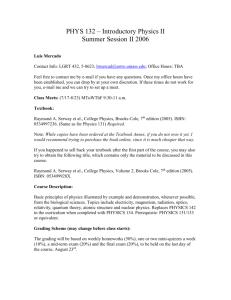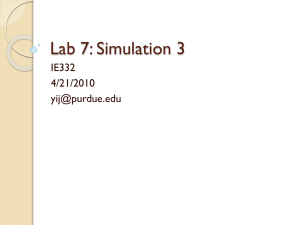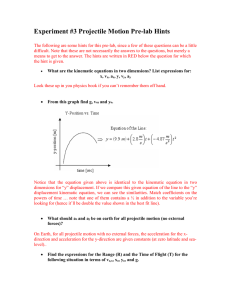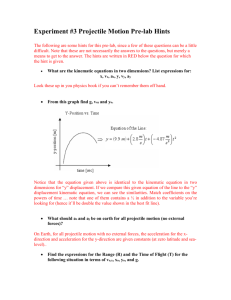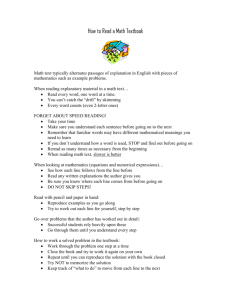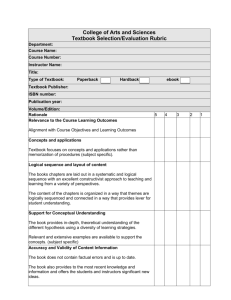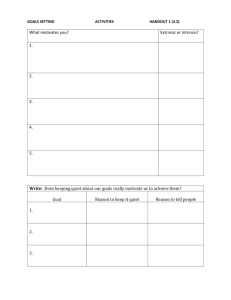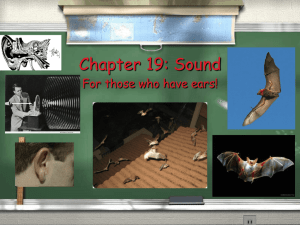Exam review
advertisement
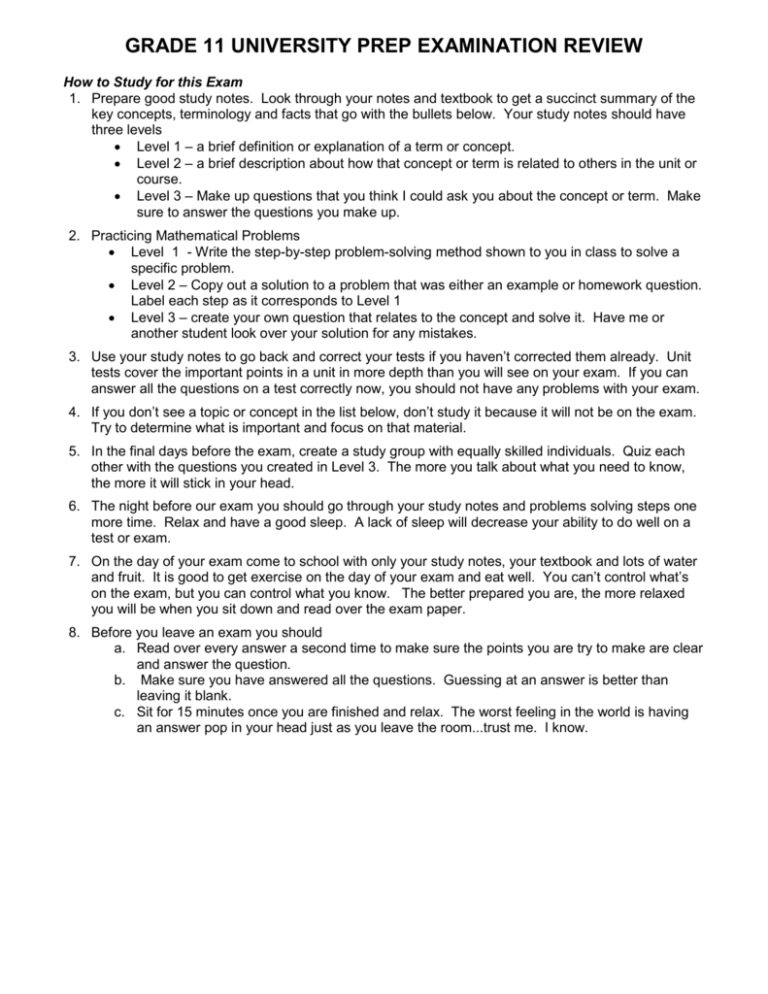
GRADE 11 UNIVERSITY PREP EXAMINATION REVIEW How to Study for this Exam 1. Prepare good study notes. Look through your notes and textbook to get a succinct summary of the key concepts, terminology and facts that go with the bullets below. Your study notes should have three levels Level 1 – a brief definition or explanation of a term or concept. Level 2 – a brief description about how that concept or term is related to others in the unit or course. Level 3 – Make up questions that you think I could ask you about the concept or term. Make sure to answer the questions you make up. 2. Practicing Mathematical Problems Level 1 - Write the step-by-step problem-solving method shown to you in class to solve a specific problem. Level 2 – Copy out a solution to a problem that was either an example or homework question. Label each step as it corresponds to Level 1 Level 3 – create your own question that relates to the concept and solve it. Have me or another student look over your solution for any mistakes. 3. Use your study notes to go back and correct your tests if you haven’t corrected them already. Unit tests cover the important points in a unit in more depth than you will see on your exam. If you can answer all the questions on a test correctly now, you should not have any problems with your exam. 4. If you don’t see a topic or concept in the list below, don’t study it because it will not be on the exam. Try to determine what is important and focus on that material. 5. In the final days before the exam, create a study group with equally skilled individuals. Quiz each other with the questions you created in Level 3. The more you talk about what you need to know, the more it will stick in your head. 6. The night before our exam you should go through your study notes and problems solving steps one more time. Relax and have a good sleep. A lack of sleep will decrease your ability to do well on a test or exam. 7. On the day of your exam come to school with only your study notes, your textbook and lots of water and fruit. It is good to get exercise on the day of your exam and eat well. You can’t control what’s on the exam, but you can control what you know. The better prepared you are, the more relaxed you will be when you sit down and read over the exam paper. 8. Before you leave an exam you should a. Read over every answer a second time to make sure the points you are try to make are clear and answer the question. b. Make sure you have answered all the questions. Guessing at an answer is better than leaving it blank. c. Sit for 15 minutes once you are finished and relax. The worst feeling in the world is having an answer pop in your head just as you leave the room...trust me. I know. KEY CONCEPTS and DEFINITIONS – Make sure you know the concepts and definitions that are associated with the following topics in each unit. The concepts in Italics cannot be found in your textbook. Either ask me questions about them, use your notes or use the internet for additional problems and explanations about them. Key Concepts and Terms Suggested Problems □ Analyse and interpret position-time, velocity-time and acceleration-time graphs of an object in motion in one dimension. Key terms on pages 48, 79, and 109 □ Describe the characteristics and give examples of o Uniform motion o Relative motion. o Projectile motion. Review Questions Start with the Unit Review on p. 114 #127. □ Solve problems involving o distance, position, and displacement using vector-scale diagrams. o uniform motion in one or two dimensions. o the 5 kinematic equations in one dimension. o the kinematic equations related to the horizontal and vertical components of the motion of a projectile. If you have problems with some questions, go back the chapter reviews for more practice. □ Describe the characteristics and give examples of o The different types of forces and how they affect the motion of an object. o Newton’s Laws of Motion o The relationship between mass, the force of gravity and weight o The relationship between static and kinetic friction □ Solve problems involving o The relationships between the acceleration of an object and the forces applied to it such as gravity, friction, tension, the applied force, and the normal force. □ Describe the characteristics and give examples of o The different types of energies o Energy transformations and efficiency o The different methods of heat transfer o The change in heat when a substance changes state o Alpha, beta and gamma particles. o Radioactive decay in terms of half-lives and applications o Nuclear fusion and nuclear fission o One type of energy resource Energy Forces Kinematics Unit □ Solve problems involving o The relationship between work, force and displacement along a straight line. o The Law of Conservation of energy involving kinetic energy, gravitational potential energy, and thermal energy o The relationship power, energy and time. o Changes in temperature of an object or when two objects are mixed together and/or when an substance changes state. See me for more practice regarding projectile motion problems. You won’t find any in your textbook. Key terms on pages 157 Review Questions Start with the Unit Review on p. 186 #1-32. If you have problems with some questions, go back the chapter reviews for more practice. Electricity and Magnetism Waves and Sound □ Describe the characteristics and give examples of o Transverse and longitudinal waves o Resonance o Constructive and Destructive interference, and beat frequencies o Standing waves o The relationship between temperature and the speed of sound. o The Doppler effect o Echo location □ Solve problems involving o The relationship between wavelength, frequency and speed of a wave. o The Doppler effect o Resonance in closed and open air columns. □ Describe the characteristics and give examples of o The properties of magnetic fields o Ohm’s Law, Kirchhoff’s Laws, Oersted’s Principle, the motor principle, Faraday’s Law, Lenz’s Law in relation to electricity and magnetism o Transformers o Types of currents □ Solve problems involving o Circuit diagrams o The relationship between energy, power, potential difference, current, charge, and the number of coils of wire. Key terms on pages 233 and 273 Review Questions Start with the Unit Review on p. 316 #1-31. If you have problems with some questions, go back the chapter reviews for more practice. Key terms on pages 467, 503 and 537 Review Questions Start with the Unit Review on p. 544 #1-26.


